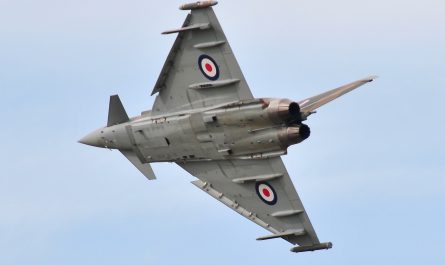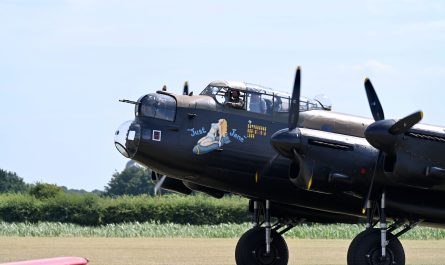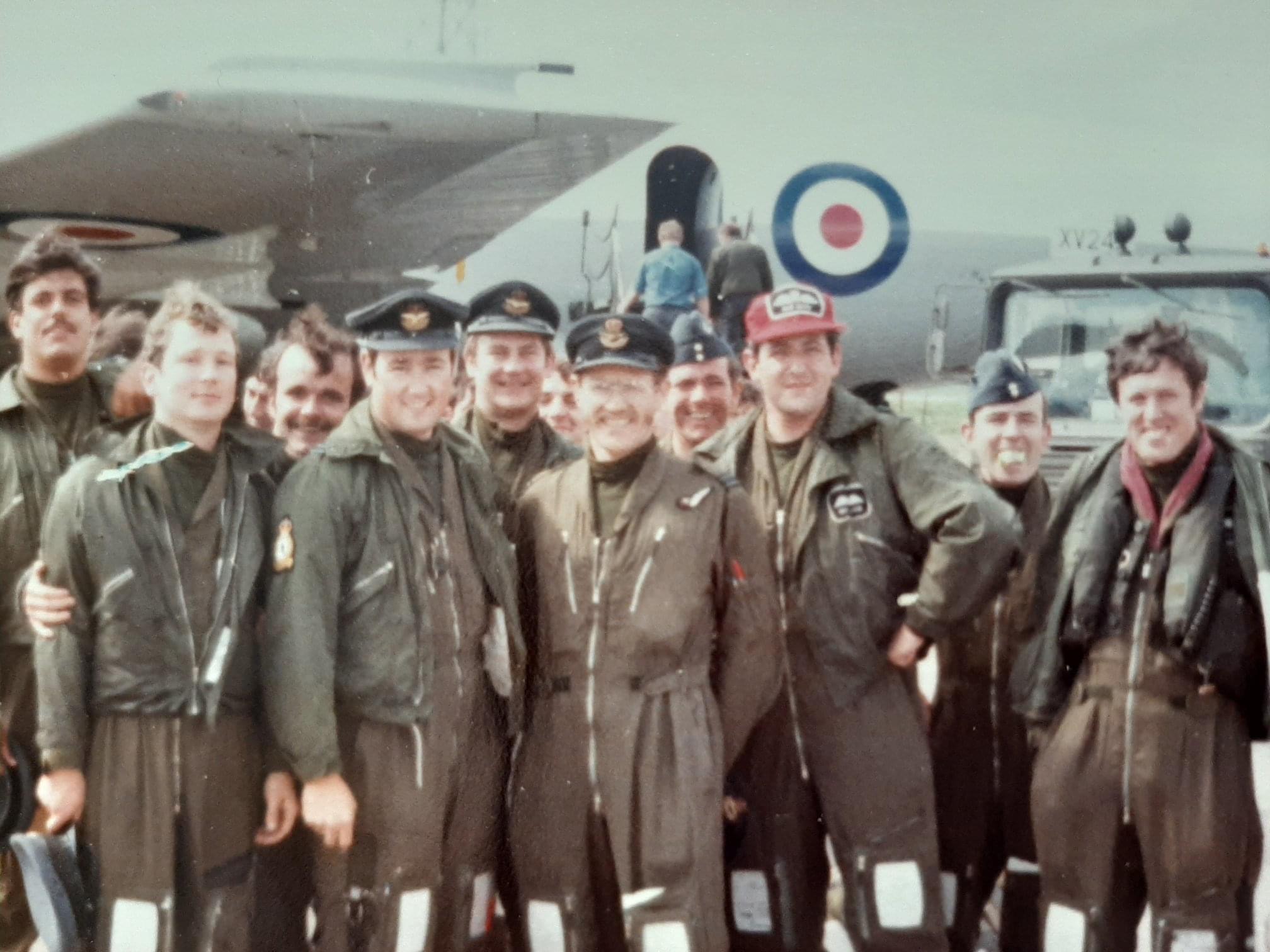Arrived and walked round the old accommodation and technical site, before visiting the museum and cafe.
Links to RAF Wickenby
Bomber County: Click for Link.
Wickenby Aerodrome: Wickenby Aerodrome
RAF Wickenby Memorial Collection: RAF Wickenby Memorial Collection
626 Squadron: 626 Squadron
UK Airfields: Link – very informative images.
Below are pictures from the 11th and 22nd September 2022
















































































Below is text from the National Archive:
WICKENBY
Ten miles north-east of Lincoln, between the village of Wickenby and the north-west side of the B1399, this Class A bomber airfield was begun by McAlpine in late 1941. The site took in land in the parishes of Snelland and Holton necessitating the closure of the road between these two villages. The concrete runways were, 09-27 at 2,000 yards and 04-22 and 16-34 both at 1,400 yards long. Thirty-six pan types hardstandings were provided with one neutralised by a T2 hangar adjacent to the technical site on the north-east side and a lone B1 at the opposite extremity of the flying field near the end of south-western runway. Domestic sites, mostly Nissen huts, were dispersed in fields on the eastern side of the B1399. Available accommodation was put at 1,788 male and 287 female. Additional construction work on the airfield was carried out by Laings in early 1943.
On completion of the main facilities, No. 12 Squadron with its Wellingtons arrived from Binbrook in September 1942 and stayed for three years. Conversion to Lancasters took place in November-December and a year later C Flight was taken out to form No. 626 Squadron. However, unlike most newly-formed squadrons, No. 626 was not moved to another base, spending its whole existence at Wickenby. During hostilities, over 300 operations were flown from the airfield with 166 bombers missing, all but six being Lancasters. Another 30 aircraft were lost in operational crashes.
After VE-Day, No. 12 Squadron moved to Binbrook in September 1945 and No. 626 disbanded at Wickenby in October. No. 109 Squadron’s Mosquitos were there for a few weeks following the departure of the Lancasters but they too were gone in late November when flying ceased. The next occupant, No. 93 Maintenance Unit, collected ordnance from other disused stations and stored it on the runways to await disposal. They remained in residence until 1952 when No. 92 MU took over, staying until 1956. During 1964-66, the airfield was cleared and the land returned, where possible, to the former civilian owners or sold. At the same time the road from Snelland to Holton-cum-Beckering, closed to construct the airfield, was reinstated. From the mid-1960s private flying took place on the northern part of the airfield at what is now Wickenby Airport. Several wartime buildings survive in good condition including a T2 hangar.


